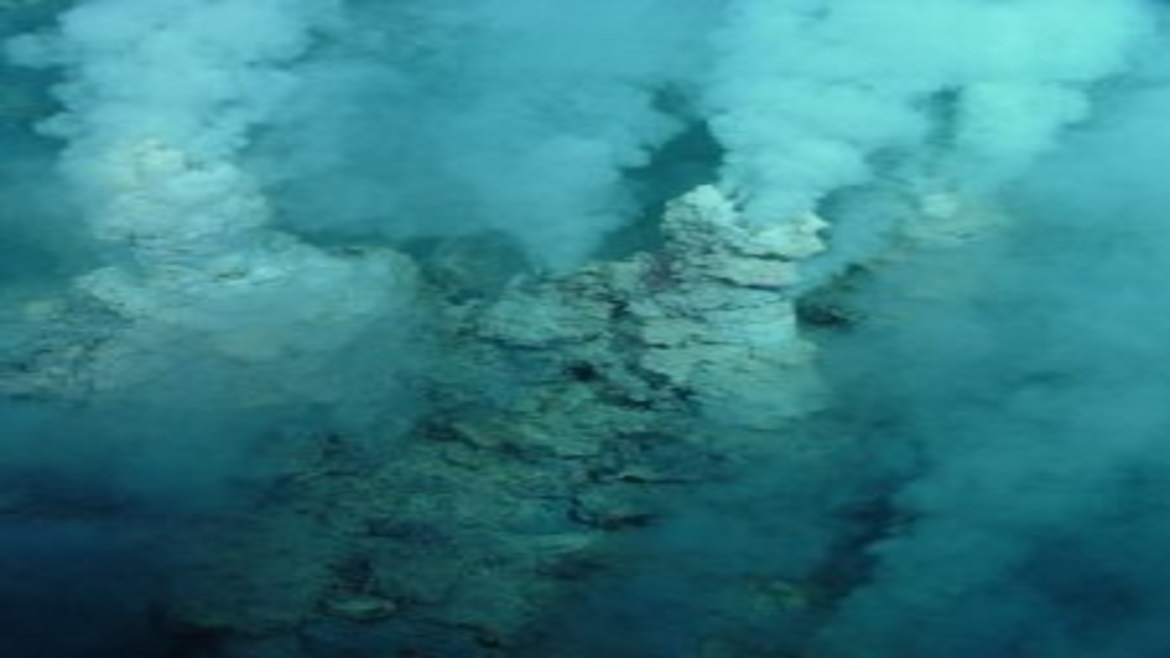The sea floor is as crucial to human flourishing as the earth’s surface, and as in need of careful stewardship. Just like the terrestrial environment, it is made up of mountain ranges, plateaus, volcanic peaks, canyons and vast plains. It contains most of the same minerals we find on land, often in enriched forms, as well as mineral formations that are unique to the deep ocean such as ferromanganese crusts and manganese nodules.
The possibility of mining the deep seabed has been known for several decades. As long ago as the 1960s, the idea that manganese nodules on the deep seabed offered the prospect of massive profits for industrialized nations with the technology to access them, coupled with the fear that there would be a race to colonize the seabed, led the United Nations General Assembly to declare the mineral resources of the seabed as the common heritage of mankind, to be used “for the benefit of mankind as a whole”.
After the initial euphoria of the 1970s, a collapse in world metal prices, combined with relatively easy access to minerals in the developing world, dampened interest in seabed mining.
Nevertheless, the United Nations forged ahead to develop the international machinery to administer the mineral resources of the deep seabed, in the form of an international organization known as the International Seabed Authority (ISA). The ISA, established under the 1982 UN Convention on the Law of the Sea (UNCLOS), and with a membership of 166 states, is empowered to issue contracts for seabed mining, to receive royalties from mining and to distribute those royalties for the benefit of developing countries that lack the technology and capital to carry out mining for themselves.
Now, after decades in which it lay dormant, there is an explosion of interest in the commercial exploitation of seabed minerals, from the private sector and governments alike. [see Will Deep-sea Mining Yield an Underwater Gold Rush?]
The main drivers of this new interest are technological advances in marine mining and processing; a dramatic increase in demand for metals, largely fueled by emerging economies, which has caused metal prices to rise; a decline in the grade of land-based nickel, copper and cobalt sulphide deposits being mined and developed; and increased demand for rare earth minerals that coincides with reduced supply (these are used in “green” applications such as renewable energy and hybrid motor vehicles).
Currently, there are a range of active marine mining operations at relatively shallow water depths (up to 140m), including diamond mining in Namibia and tin mining in Indonesia. There are also increasing numbers of exploration activities taking place in national jurisdictions (up to 200 nautical miles from shore).
As an example, Canadian company Nautilus Minerals (whose chief executive is a member of the World Ocean Summit 2014 advisory board) currently holds more than 100 active prospecting licenses in Tonga, Fiji, the Solomon Islands and Vanuatu, as well as a sea-floor mining concession in Papua New Guinea.
In the area regulated by the ISA—the deep seabed beyond national jurisdictions—UNCLOS states that exploration and mining may only be carried out under a contract with the ISA and subject to its rules, regulations and procedures.
Contracts may be issued to public and private mining enterprises, provided they are sponsored by a state party to UNCLOS and meet certain standards of technical and financial capacity. While a number of state-backed operations from Russia, China, Japan and others have held such contracts for several years, the last three years has seen a rapid increase in activity for the ISA, especially from the private sector.
Today, 19 entities hold exploration contracts granted by the ISA, covering a total area roughly the size of Mexico, and there are a further five applications in the pipeline.
This rapid increase in activity raises a number of environmental, legal and economic challenges for the ISA and its member states. The most immediate of these is environmental. The deep ocean, below 200m, is the largest habitat for life on Earth and the most difficult to access.
Far from being a marine desert, as was once commonly thought, the deep seabed supports a surprising diversity of marine life. One study estimated that there might be more than a thousand species at a single site.
While we can predict some of the environmental impacts of seabed mining, much remains unknown and untested. We remain largely ignorant of how deep-ocean ecosystems change in response to human activities and natural variations, and of the consequences of these changes. It is reasonable to assume that recovery periods are likely to be decades long, and that at least in localized areas, these ecosystems may never recover.
Important environmental management work aimed at better understanding the impact of deep-seabed mining has already been undertaken and is ongoing.
Yet there remains a need for us to better understand the effects of multiple anthropogenic stressors on deep-sea ecosystems. Out of that understanding, we will also need to devise an integrated management strategy that balances future mineral extraction with the preservation of a sustainable, productive and healthy marine environment.
This is a cross post from The Economist's World Ocean Summit partner National Geographic: http://newswatch.nationalgeographic.com/?p=118652
The views and opinions expressed in this article are those of the authors and do not necessarily reflect the views of The Economist Intelligence Unit Limited (EIU) or any other member of The Economist Group. The Economist Group (including the EIU) cannot accept any responsibility or liability for reliance by any person on this article or any of the information, opinions or conclusions set out in the article.




